The risk that anthracnose poses to lentils continues to be high priority for the pulse sector.
Tag Archives crop varieties
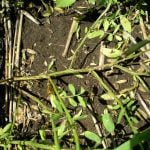
Anthracnose resistant lentils within reach
Pairing wild lentils with new technology may help in the fight against anthracnose

Maizex Seeds to launch hybrid canola varieties for Western Canada
The eastern Canadian seed company will expand west with two canola hybrids starting this fall
Maizex Seeds, an eastern Canadian seed company, will break into Western Canada with two canola hybrid varieties starting this fall.
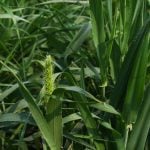
Barley mix boasts two per cent higher yield than average
A varietal mix trial conducted by Agriculture Canada researchers shows the benefits of crop diversity
An agronomy research scientist at Agriculture Canada, is leading a project trialling a barley varietal mix to increase diversity and mitigate environmental stressors.
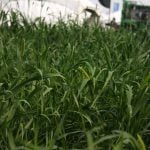
Ag in Motion shows four barley varieties on a single plot
Agriculture and Agri-Food Canada researcher shares feed crop trial at Ag In Motion 2025
Kui Liu, Agriculture and Agri-Food Canada research scientist, has been trialling a mix of barley varieties to address crop issues. A plot with this mix is on display at Ag in Motion 2025.

Activists lie about Green Revolution’s success
In the past few years, many environmental and academic activists have been undermining the work of Norman Borlaug and the successes of the Green Revolution by publishing false information.

Corn has come a long way over the past 9,000 years
Practical Research: The fusarium we see in small cereal grains is the anamorph of the pink mould seen in corn
Consider that if you grow corn after wheat or vice versa and have a wet summer or fall, be prepared for possible outbreaks of pink mould/fusarium head blight in either crop in such a rotation.
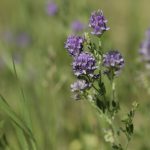
Alfalfa aptitude: five things to consider when selecting varieties
Yield tops Dan Undersander’s list of considerations for an alfalfa variety, for the simple reason that profitability increases with yield.
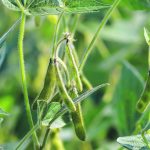
Varieties adapted for a changing environment
Glacier FarmMedia – Climate change has had a huge impact on farm operations in Western Canada for some time. Those shifting temperatures and weather patterns are also playing a key role in how future varieties are being developed. Glacier FarmMedia recently spoke with several prominent seed companies about new soybean varieties they have in the […] Read more

Global Seed Vault controversial but important
Two-thirds of the world’s food comes today from just nine plants: sugar cane, maize (corn), rice, wheat, potatoes, soybeans, palm oil fruit, sugar beets and cassava. In the past, farmers grew tens of thousands of crop varieties around the world. This biodiversity protected agriculture from crop losses caused by plant diseases and climate change. Today, […] Read more

Sales pitches on new varieties can be misleading
Harvest is barely complete and marketing campaigns are already underway to sell new and improved seed varieties for next year. Sales pitches naturally tend to emphasize positive varietal traits, while sometimes missing practicality and marketability. Saskatchewan Pulse Growers is promoting new varieties of lentils, field peas, chickpeas and fababeans. In many cases, producers have clung […] Read more



